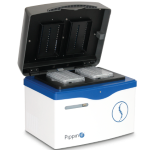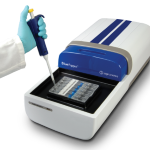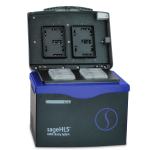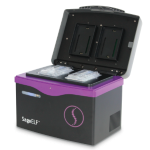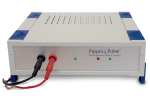It’s day two of the ABRF meeting, and a session comparing next-gen sequencing platforms had attendees riveted. The room was packed for “ABRF Next Generation Sequencing Study,” which featured speakers including George Grills, Don Baldwin, Scott Tighe, Christopher Mason, and Marc Salit.
Members of this team helped lead the cross-platform RNA-seq study, which is expected to publish soon in Nature Biotechnology. Chris Mason presented findings from this study, including reassurance that degraded RNA works just fine (phew!) and underscoring the conventional wisdom that while it is possible to compare RNA-seq studies from different sequencing platforms, it is not wise to do so. The study, which used most commercially available sequencers, was not intended as a bake-off between instruments but rather as a way to establish the best practices for running each platform and determining the advantages and disadvantages of each.
Don Baldwin spoke about the next cross-platform study, which will focus on DNA sequencing. (The team started with RNA-seq because there were readily available external RNA standards, thanks to the External RNA Control Consortium spearheaded by the National Institute for Standards and Technology.) The effort will be formalized in June, so there’s still time for interested core labs to participate. The study is expected to progress in three phases, with the first comparing the Illumina, Ion Torrent, and PacBio platforms looking at whole-genome sequencing. The second phase will incorporate FFPE samples, and the third phase will deploy broadly available plus emerging sequencing platforms for small genomes.
NIST’s Marc Salit was on hand to talk about the DNA controls to be used in this upcoming study, for which ABRF has partnered with Salit’s Genome in a Bottle consortium. Salit said that existing consortium materials have been developed with the NA12878 human genome, but long-term work will use eight trios from the Personal Genome Project.
These studies are precisely the kind of high-quality, devil-in-the-detail work for which we look to ABRF. The participating core labs offer tremendous attention to detail, highly robust and reproducible results, and clear protocol guidelines — invaluable attributes that make experiments more reliable across the whole scientific community. ABRF, many thanks for this diligent work!
